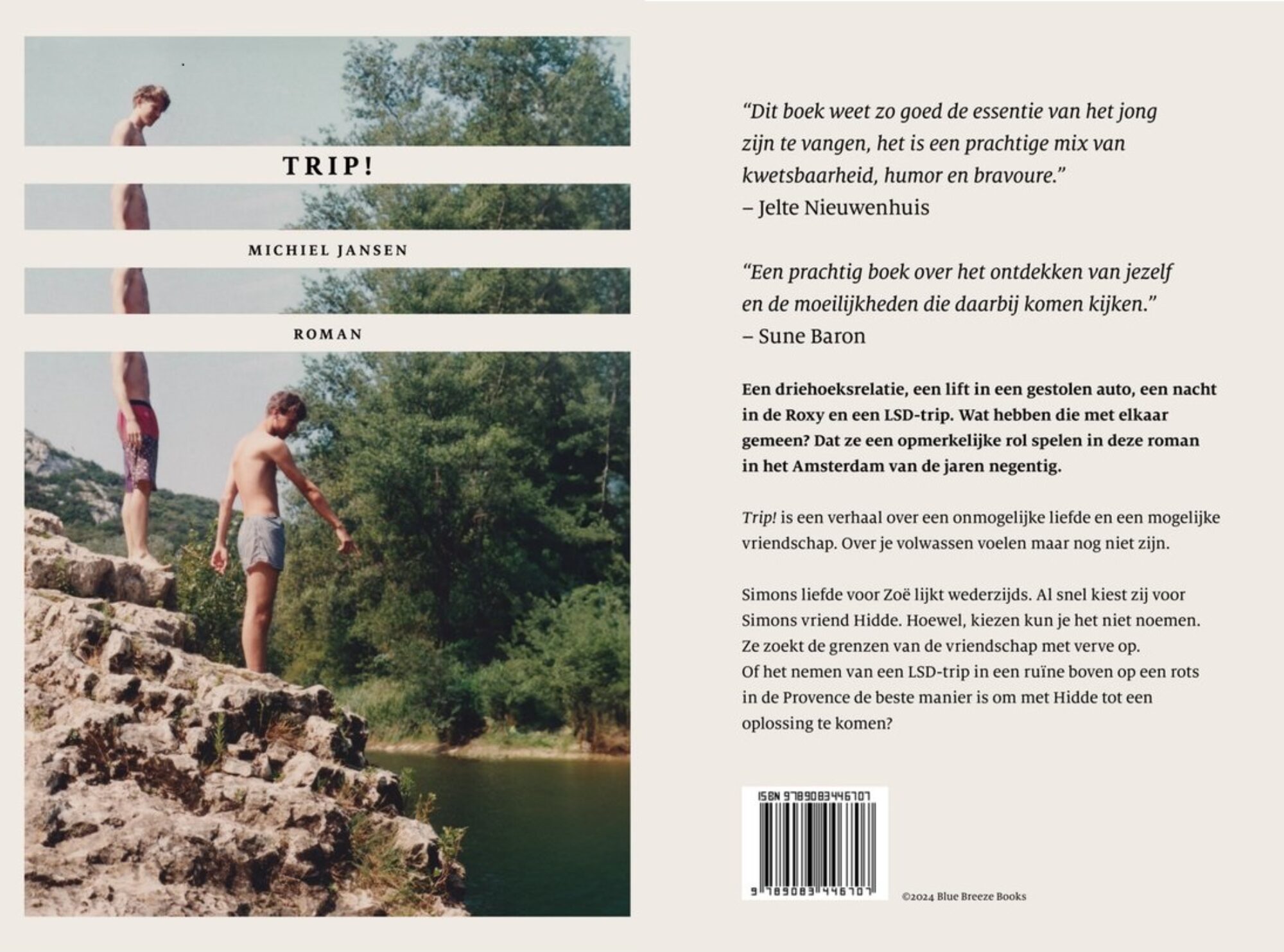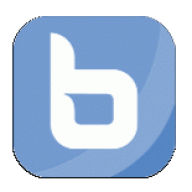The NEXT model is a simple way to place yourselves in the situation of a customer
Optimising websites is done right only if you think from the customer perspective and learn about Persuasion. The hard part, in my opinion, is getting the company to see things from a relentless customer focus perspective and take the risk to make the offer stand out. Remember ….behind every offer like ‘Pay later’, Free cancellation’ is a huge risk model, spreadsheets, and … a gutsy business decision!
The questions in the NEXT model are sure to get you into the head of the customer. And help your non-optimizing non testing collegues to get into the head of the customer.
The model contains questions that I used to ask myself from the very beginning of my involvement in commercial internet back in the nineties. But there is also a ‘standing on the shoulders of giants’ factor here: Online Dialogue, Conversion XL, Conversionista, Gerry McGovern, Guy Stratermans, Mesut Kareman all work with similar models and questions and all have inspired questions in this model.
The NEXT Model
First the questions themselves. Below you find some context.
1. Next Situation
- What is the Goal of the visitor?
- What questions does the visitor have?
- What is the visitors’ knowledge base?
- What barrier can we reduce or remove?
2. Next Best Action
- Next Best Action: What action does the business want the visitor to take?
- How can I motivate/Persuade?
- What reassurance or warrantee can we give to reduce barriers?
- What consideration or fear could be there to NOT DO an action?
- What consideration or fear could be there to DO AN ACTION
3. Next visit?
✓Success? Okay, great! But how can we arrange & support the next visit/sale/subscription ?
How to use the Model
1. Next Situation
What is the Goal of the visitor?
The Goal of your visitors differ ofcourse. Big difference? Start segmenting!
Example 1 if the goal is ‘open a savings account’, it is a different customer journey from ‘find out where you can get cash in Greece’.
If this is the case you should follow each task through. Finding out what are the top tasks. Want data? That is done with qualitative interviews or even better a McGovern research or a 3 Question research as Avinash describes. You should answer the questions below for each top task-flow.
What questions does the visitor have?
Example 1: ‘Open a savings account’:
Do I need a bank account to open a savings account. Do I need to come into the branch? Do I need a ID or is a drivers license okay. Don’t answer these and you lose out on sales or…. on the cost of answering these in the Service center.
Example 2: Shopping a pair of jeans it could be:
Is this the right size? What if they don’t fit? What if I don’t like them? What would go with those? Is this as dark blue as it appears on my monitor? Is this the best price? When will it be delivered?
Seems kinda strange but…….
A lot of websites do not offer answers to the most fundamental Questions.Or do not offer warrantees to help ease the mind. This will lead to consumers deciding to ‘opt out or ‘decide later’. Remember every ‘decide later’ can lead them to spend they ‘limited resources’ on something else or to them returning to Google where they may be targeted by your competitor. so the name of the conversion game is: make them decide now! The sites/brands that do offer warrantees and answers to any possible doubt include: Zappos/Amazon, Booking.com, Zalando…. I am sure you have heard about those brands and witnessed their growth. They are on a (local) winner take all course and found an answer for the most profitable doubts potential customers may have.
What is the visitors’ knowledge base?
There is a very big difference between the language we internally use and the knowledge of the customer. Brands are constantly busy with a product and have a tendency to overestimate the knowledge that a customer has. I have seen a Lease company use ‘ICE’ in a Social media post. ICE? as in cool? No as in ‘Internal Combustion Engine off course! Do you have to ask?
A lot of sites ‘overcrowd’ their visitors head with options, names, extra conditions etc. Hi welcome, a savings account: sure: just choose from our 17 great savings account! (actual example of Hollands top 3 bank Rabobank)
Reducing choice and complexity is usually the fastest way to conversion. So cater to the maturity of the client (which can differ from orientation phase to buy phase. And……. don’t use lingo!
2. Next Best Action
Next Best Action: What action does the business want the visitor to take?
This is where you really start to see how conversion & product are interwoven;
How can I motivate/Persuade?What barrier can we reduce or remove?
For example: Why does Booking.com have ‘Free cancellation?’ Or ‘Book now, pay later’, ‘Your credit card wont be charged’. Because they understand what barriers are. And how they reduce conversion. Situation. I am booking a weekend in Berlin with a friend but I don’t know if he can make it. Pre-Booking.com I would then …….Not book. Send him a mail, wait for his reply and maybe see a banner of a competitor and be lost for Booking.com. They found out that the cancellations you get are outweighed (BY FAR!) by the extra revenue they get from the extra rooms. So say 10% more bookings at a 10$ premium and only 2% cancellations.
What consideration or fear could be there to NOT DO an action?
For example: Can I afford it? Booking.com solution: pay later. (In ‘the future’ we all have money)
For example: Can I change my mind? Booking.com solution; Yes you can!
For example: is it money well-spend? Is it a good room: Yes it has an 8,9 out of 400 reviews etc, etc.
You analyse and reduce every possible doubt with your product. And take it away.
What consideration or fear could be there to DO AN ACTION?
Think: insurance, fear of missing out, one be part of the in-crowd (social proof). How many things do we buy we don’t really need? Right!
3. Next visit?
Success? Okay, great! How can we arrange the next visit?
One success is…. No success. In e-commerce money is made with the repeat orders. In becoming a destination. And in the ‘winner take all’ strategy. This is where you should think about service quality. About a great my environment.
Example: Dutch Telco Provider KPN already renews subscriptions & sends the latest iPhone months before the contract ends. Telco’s used to want you to ignore the fact that the telco subscription was about to end. Now they have turned it around. They start telling you to renew 7 months before your subscription ends. Why this sudden proactivity? They have found out that even if they don’t remind you, you will start to look for an alternative: on google, therefore signalling every competitor in the market that you are ‘in market’ ready to be targeted with great offers.


